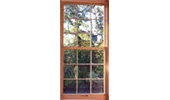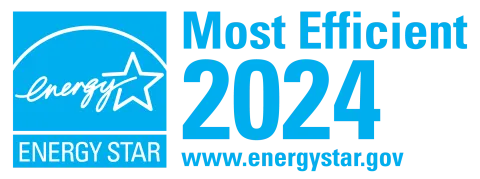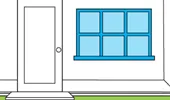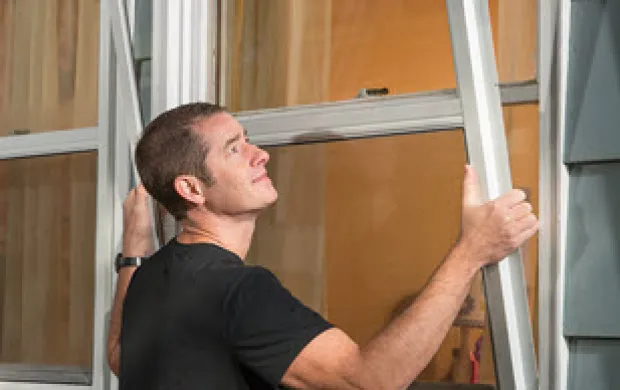Residential Windows, Doors, & Skylights
For PartnersWhy ENERGY STAR?
Replacing old windows with ENERGY STAR certified windows lowers household energy bills by an average of up to 13 percent nationwide when replacing single-pane windows. Lower energy consumption also reduces greenhouse gas emissions from power plants and homes.
Thanks to advances in technology, today's ENERGY STAR certified windows, doors, and skylights offer greater savings than ever before. Just look for the correct ENERGY STAR label for where you live.

Rebate Finder
Our partners sponsor rebates on certified products.
Every ENERGY STAR window, door and skylight is independently certified and verified to perform at levels that meet or exceed energy efficiency guidelines set by the U.S. Environmental Protection Agency. But how do you know which windows work in your climate or how to install them to maximize your energy savings? The following tips will help you buy with confidence and install for efficiency.
Purchasing Tips
Shopping for new windows, doors, and skylights can be a confusing process. ENERGY STAR makes it simple! Follow these five steps to ensure your windows, doors, and skylights deliver savings and comfort you’ll enjoy.
- Determine your ENERGY STAR Climate Zone.
- Ask a local dealer/retailer or your contractor which brand(s) they offer.
- Use the ENERGY STAR Product Finder to identify product lines certified for your climate zone by brand/manufacturer and by product type.
Ask for ENERGY STAR when ordering. When you’re ordering in a showroom, make sure to ask for a product that is certified to meet the ENERGY STAR criteria for your climate zone. You can choose ENERGY STAR certified windows in a variety of framing materials to suit your needs. If purchasing a window, door, or skylight off the shelf, look for the ENERGY STAR label for your climate zone next to the NFRC label on the glass.
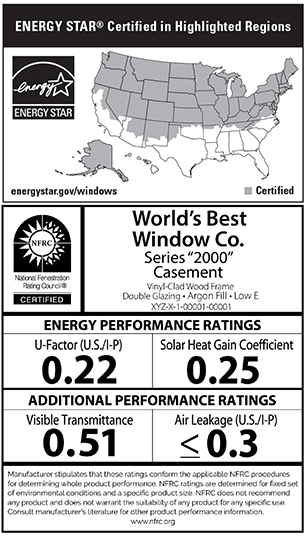
Official ENERGY STAR label (and NFRC Label) for a window qualifying in the Northern and North-Central climate zones.
- Get a deal. In addition to the long-term energy savings you’ll enjoy, you may be able to take advantage of financial incentives that lower your initial investment:
- Many utilities provide financial incentives for purchasing ENERGY STAR certified windows, doors, and skylights. Look for local rebates and other promotions in your area.
- Claim federal tax credits for installing ENERGY STAR certified windows, doors or skylights or making certain other energy efficiency improvements to your home.
- Keep in mind that the cost of complete window replacement can vary. Be sure to get quotes from several installers. Different dealers may quote difference prices for the same product. When interviewing contractors, ask them to break down the price quote by labor and materials. ENERGY STAR certified windows, doors and skylights may cost more than non-certified products, but the labor involved should be comparable for both.
- Save ENERGY STAR and NFRC label as documentation.
Be sure to look for the ENERGY STAR when shopping for residential windows, doors, and skylights
Current Specification Effective Date: October 23, 2023
- The current criteria were finalized in October 2022.
- New performance levels (PDF, 238.86 KB) are effective as of October 23, 2023.
- Windows, doors and skylights must meet U-Factor and, where applicable, Solar Heat Gain Coefficient (SHGC) requirements based on climate zone. In addition, doors must meet U-Factor and, where applicable, SHGC requirements based on glazing level (amount of glass).
- Windows, doors and skylights originally qualified for the ENERGY STAR label in March, 1998.
Save Money and More. Choose ENERGY STAR Certified Products.
Installing ENERGY STAR certified windows, doors, and skylights can shrink energy bills — and carbon footprints — by an average of up to 13% percent on heating and cooling costs nationwide, compared to non-certified products.
Upgrade to ENERGY STAR
Annual Heating and Cooling Savings1
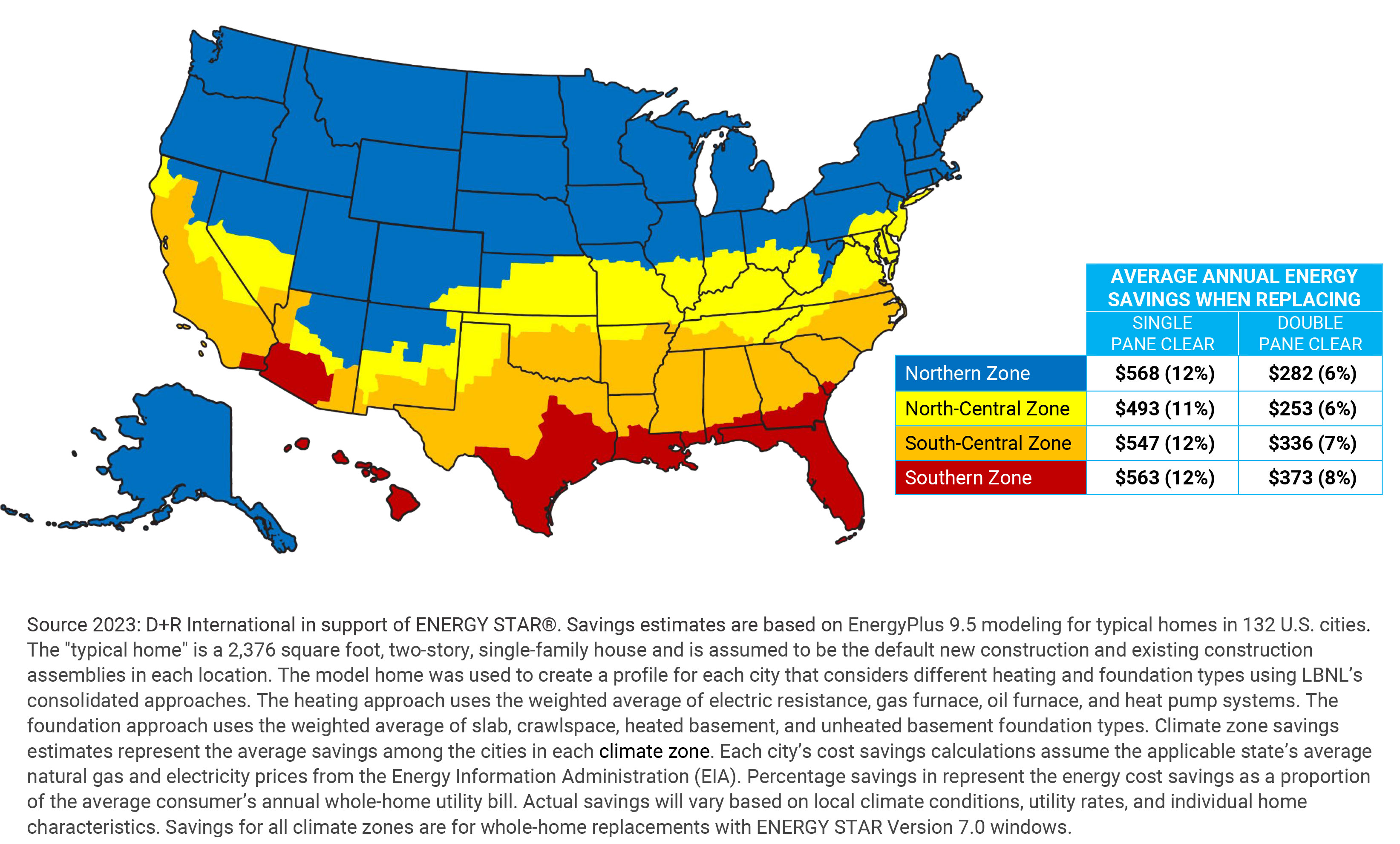
Get Estimated Savings in Your City (EXCEL, 61 KB)
Savings estimates are based on RESFEN 6.0 calculations performed by D&R International in support of ENERGY STAR. View methodology.
Get Comfortable
Comfort. It’s the essential quality of home. ENERGY STAR certified windows, doors and skylights do more than just lower energy bills — they deliver comfort that other products just can’t match.
PROTECTION FROM WINTER CHILLS
On cold winter nights, do you avoid seats near the window? The cold, inside surface of an inefficient window pulls heat away from your body, so you can feel chilly in a sweater with the thermostat at 70 degrees. With ENERGY STAR certified windows, the interior glass stays warmer, so you can enjoy your window seat even when the temperature outside dips well below freezing.
SHIELDING FROM SUMMER HEAT
Do some of your rooms feel like a sauna in the summer? A standard double-pane window allows approximately 75 percent of the sun’s heat into your home.1 With ENERGY STAR certified windows you can stay cool all summer long. Most ENERGY STAR certified windows reduce the “heat gain” into your home more than typical windows do, without reducing the visible light. You get the light you need without the uncomfortable heat.
1 Source: Residential Windows. Carmody, Selkowitz, Arasteh, and Heschong. 2007.
Protect Your Valuables
Drapes, wood floors, a favorite photograph: all these things can fade or discolor after repeated exposure to direct sunlight. Whether their value is monetary or sentimental, you want to protect your belongings from fading and discoloring.
ENERGY STAR certified windows have coatings that keep out the summer heat and act like sunscreen for your house, protecting your valuables from harmful, fading ultraviolet light without noticeably reducing visible light. These special coatings reduce fading by up to 75 percent.1
1 Source: Residential Windows. Carmody, Selkowitz, Arasteh, and Heschong. 2007.
What is a Carbon Footprint?
Your personal carbon footprint measures the carbon dioxide (CO2) emissions caused by your activities. It includes CO2 emissions from such things as driving your car or flying in a plane, the manufacture and distribution of the products you buy, and turning on the lights in your home. A carbon footprint is usually measured in pounds or tons of CO2 per year. You can calculate your carbon footprint using the EPA Carbon Footprint Calculator: https://www3.epa.gov/carbon-footprint-calculator/ .
Home energy use accounts for about one-quarter of your carbon footprint, but this can vary depending on the kinds of energy sources available to power your home. ENERGY STAR calculates carbon savings for ENERGY STAR certified windows, doors and skylights based on the mix of fuels in a region and the estimated energy use for a typical home.
Installing for Efficiency
Even the best windows, doors, and skylights can be drafty if they are poorly installed. Here are a few steps to get the most out of your windows, doors, and skylights:
- Stick to manufacturer instructions. ENERGY STAR certified windows, doors, and skylights are required to have installation instructions packaged with the product or readily available online. Some manufacturers will void your warranty if you do not follow manufacturer installation instructions.
- Seek out trained professionals. Ask whether the installers are certified to install the product you choose. Some warranties require that you use an installer certified by the manufacturer.
- Evaluate installers. When hiring a contractor, interview candidates and ask for references. The Federal Trade Commission Consumer Protection Web site offers home improvement advice under Consumer Information; just click “Shopping for Products & Services.”
Protect your family from lead. If your house was built before 1978, it probably contains lead-based paint. You should have it inspected by a lead professional to know for certain where the lead-based paint is. Lead dust from lead-based paint is the leading cause of lead poisoning in children. Under new EPA rules, any contractor or landlord replacing a window must use lead-safe work practices to prevent lead dust hazards. All landlords and contractors must provide a brochure to homeowners before beginning a window, door, or skylight replacement. If you’re doing the work yourself, be sure to also follow the lead safety guidelines featured in at www.epa.gov/lead.
Other Tips
Window Orientation
Did you know that you can enhance your energy savings even further by selecting specific windows for the different sides of your house?
In colder climates, the ideal window for a South-facing wall has a higher solar heat gain coefficient (SHGC) and a low U-factor to reduce heat loss. Windows that face East and West should have a low SHGC or be shaded. This is especially true for West-facing windows, since they get hit by summer sun at the warmest part of the day. North-facing windows don’t get much direct sun, so SHGC is less important. Instead, buy the lowest U-factor you can afford to minimize heat loss through these North-facing windows.
In warmer climates, you don’t want extra heat from the sun, so a low SHGC is important for windows that face South, East, and West. In hot climates, it is particularly effective to generously shade South-facing windows. As in colder climates, SHGC is less important in North-facing windows since they don’t get much direct sun. It is important to choose a low U-factor for all windows in warmer climates: in addition to minimizing heat loss, low U-factors also reduce your need for cooling.
When building a new home or planning a major addition, consider this: shade in the summer and solar heat gain in the winter can significantly reduce a home’s energy use. Work with the seasons by orienting windows to the South and properly sizing roof overhangs. Keep West-facing windows to a minimum to prevent overheating of those rooms when the sun dips below roof overhangs in the late afternoon. Learn more about designing the home to take advantage of the sun.
Source: U.S. Department of Energy, Office of Energy Efficiency and Renewable Energy: A Consumer’s Guide to Energy Efficiency and Renewable Energy, 2005.
Natural, Seasonal Shading
Deciduous trees (those that lose their leaves in autumn) provide shade in the summer when planted near South, East, and West-facing windows, and also let in the sun’s heat during the winter. Learn more about planning a landscape that reduces energy bills.
Air Leaks
Air can leak in or out of your house around windows, doors, skylights, and other openings. If you add up all of the hidden air leaks in your home, they can equal a hole the size of an open window! To maximize home efficiency, seal all the gaps where air can leak in or out, including around windows, doors, skylights, wiring holes, recessed lights, plumbing vents, and attic hatches. Stopping drafts can make you more comfortable and reduce energy bills.
Condensation
Water condenses on interior window surfaces when the surface temperature of the window is below the dew point of the humid indoor air. ENERGY STAR certified windows are more resistant to condensation, but even they can suffer from it in cold weather. To minimize your risk of window condensation, take the following steps:
- Make sure the space between the window frame and rough opening is insulated during installation.
- Choose window treatments that allow air flow over the window surface.
- Manage indoor humidity. Vent dryers directly outside. Make sure kitchen and bath fans vent directly outside. Use fans during showers or when cooking, and leave them running for 20 minutes after you’re done.
Exterior condensation can form in warm weather. On a hot, humid day, cool air inside your house can cause the temperature of the outside surface of the window to drop below the dew point, which leads to condensation.

Your go-to resource for the latest advice from ENERGY STAR experts on saving energy at home and work.
RELATED PRODUCTS
Join Mailing List
Sign up for newsletters from ENERGY STAR to help you save money and energy at home.

